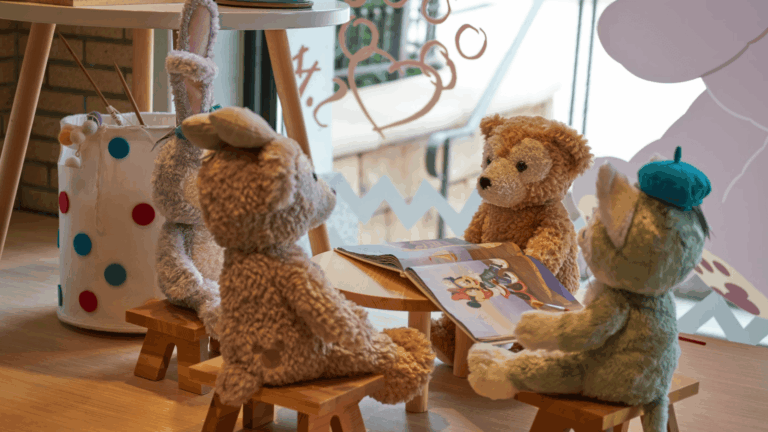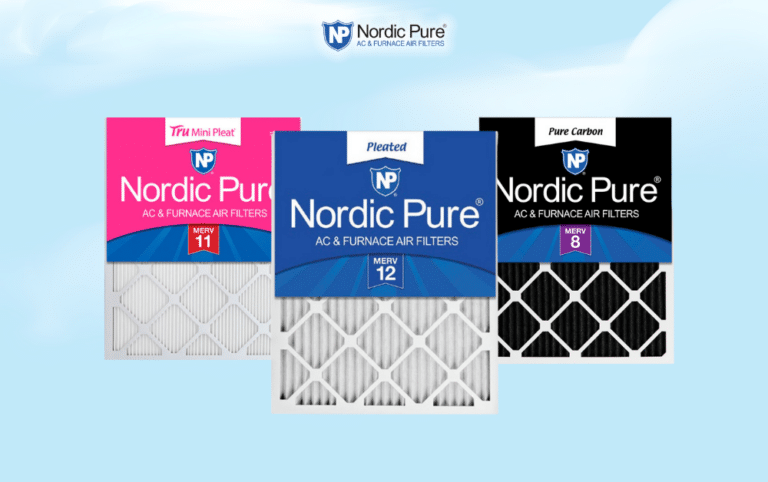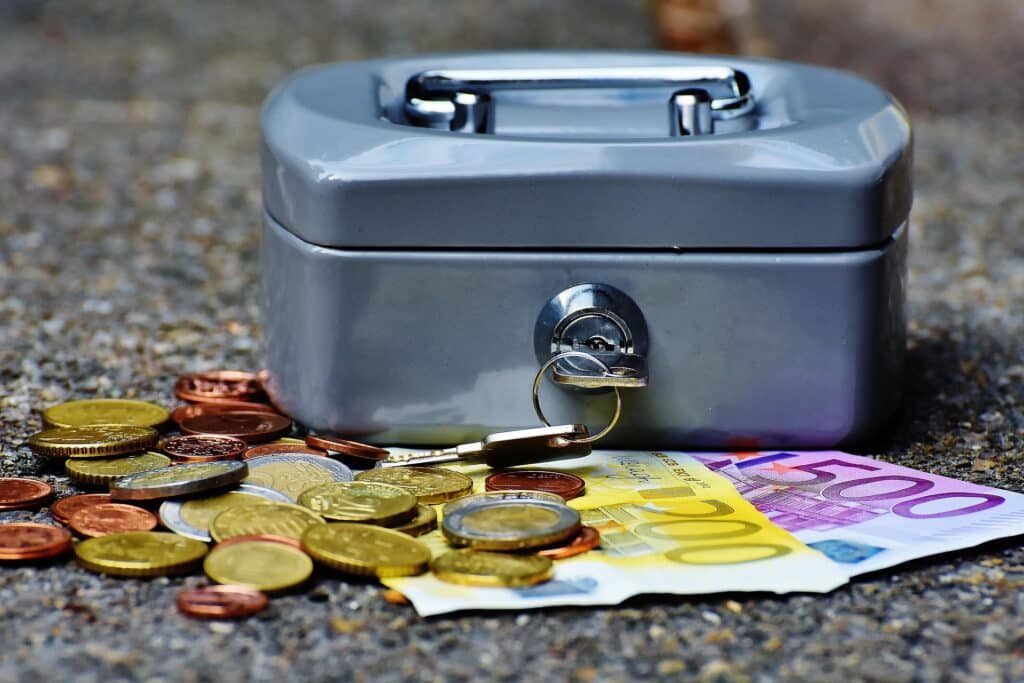In a world dominated by Silicon Valley and Chinese tech conglomerates, a few Middle East and North African brands have created enormous success stories of their own. Locally, these champions – Noon, Anghami, Talabat, and Careem – have accomplished a whole lot more than just survive; they’ve prospered. But what, precisely, is behind such success?
It’s not a coincidence. It’s not one great product or one marketing gimmick. It’s a mosaic of cultural understanding, economic zeitgeist, and taking risks. Let’s tug on the threads.
Learning about the Local Culture and User Behavior
The magic elixir? Cultural fluency first.
When you consider Careem’s early actions – launching an Arabic-speaking call center, adding cash payments, or establishing trust among female riders – you start to notice a theme. These are not cosmetic adjustments; they’re direct references to the particular requirements of riders in Riyadh, Cairo, and Karachi. Noon also caught up, localizing even its interface language and overall look of holiday sales during holidays such as Eid and Ramadan.
This level of focus on detail when it comes to understanding consumers – how they shop, how they pay, even how they complain – gave these brands an unbelievable advantage. And it is not only available for ride-hailing but also for e-commerce alone.
In fact, we’ve seen similar behavioral adaptations in the world of digital entertainment and online services. One particularly interesting example comes from mobile-first platforms built for real-time engagement – especially in sports and betting, where timing and user experience are everything.
That’s exactly the sweet spot of platforms like (Turkish: “mobil ödeme alan bahis siteleri“), which have tapped into region-specific patterns of sports enthusiasm, mobile usage, and live engagement preferences. The key? Meeting users where they already are – on their phones, during a live football match, expecting instant gratification.
Regional Investment Ecosystems and State Support
Naturally, even the most promising localized concepts require cash, policy backing, and infrastructure to get started. And on this level, the MENA region has seen a silent revolution in the last decade.
UAE, Saudi, Egyptian, and Jordanian governments have welcomed entrepreneurship with open arms like never before. Whether it’s through public-private partnerships, accelerators for startups, or nationwide transformation plans (think UAE Vision 2030), the environment has changed dramatically in favor of local innovation.
Funding, too, has surged. Regional VCs, sovereign funds, and international investors now view MENA startups as legitimate opportunities. Noon, backed by Saudi’s PIF, had the muscle to challenge Amazon in the region. Careem raised hundreds of millions before eventually selling to Uber. Talabat expanded rapidly with backing from Delivery Hero. It’s no longer just about “good ideas” – it’s about scale and execution.
As these ecosystems grow, niche verticals benefit too. Digital-first communities that used to exist in the margins are now mainstream. Take social commerce, for instance. The rise of fan-based platforms around gaming and entertainment has spawned new ways to blend social media with commerce. Just browse MelBet Instagram Türkiye and you’ll find a curious mix of sports updates, fan banter, and mobile-first promo campaigns. An organic reflection of how entertainment and micro-commerce have started to intertwine in this part of the world.
Brand Localization and Consumer Trust
Keep in mind that clients purchase from brands they trust. And trust is not given; it’s earned – particularly in a market where global players have too frequently not localized enough.
Careem did not only localize its app – it created a whole brand personality that connected. Its tone, its messaging, and even its reliance on Arabic humor made users feel they were not interacting with a faceless Silicon Valley import.
Noon, as well, gravitated toward cultural prompts. Its ads frequently include Gulf influencers, regional dialects, and promotions that are tied to regional events. Even Anghami, in competition with international music services, endured since it welcomed Arabic music discovery, playlists predicated on regional moods, and a UI that was appropriate for its primary user base.
Branding localization is more than skin deep – it creates emotional closeness. And that, in a market still ruled by word-of-mouth and personal recommendation, is gold.
Logistics, Infrastructure, and Operational Flexibility
This is where things get serious: infrastructure. Or, rather, the absence of it.
Doing business in the MENA region involves driving through cities with streets with no name, areas with poor broadband, or suburbs with logistics hells. But brands Noon and Careem did not view these as obstacles – they viewed them as openings.

Careem developed its own map technology and driver infrastructure support. Noon invested in warehouses built its own delivery fleet, and aligned with regional logistics companies. These vertical integrations helped them deliver the speed and reliability today’s users are used to.
And then the pandemic struck? These brands shifted – quickly. Noon introduced “Noon Minutes” for instant delivery. Careem onboarded grocery and pharmacy. Anghami doubled up on live sessions and social listening features. Speed wasn’t a virtue; it was a survival tactic.
Strategic Acquisitions and Global Partnerships
The global doesn’t necessarily compete with the local. Often enough, it complements.
Uber’s takeover of Careem was a tipping point – it legitimized the regional play and provided Uber with a foothold in the region with cultural significance added. But Careem didn’t disappear; it retained its brand and continued to adapt to regional palate.
Careem, nonetheless, aligned with regional merchants as well as international giants. That combination – international infrastructure and regional insight – produced a hybrid model that’s difficult to copy.
They also developed technology infrastructure, talent pipelines, and greater user penetration – fuel for the next phase of growth.
Marketing that Speaks the Language of the People
You know what’s a breath of fresh air? Marketing that doesn’t sound like marketing.
And part of the success of those brands is also what they’re saying. From snackable content during Ramadan, influencer-led mini-series, or TikToks based on trending memes – but always in Arabic, with splashes of local slang, and presented with the suaveness of someone who is actually familiar with the culture.
This is the thing: people want to be entertained. And when they think a brand’s voice represents them, they lean in. That’s how you make users into advocates.
Great regional marketing typically includes:
- Seasonal relevance: Being relevant to Eid, back-to-school, or Ramadan
- Local influencers: Not global celebrities – just local faces
- Platform fluency: Knowing whether to use Snapchat, Instagram, or TikTok for a particular audience
These moves don’t simply sell – they ignite conversation.
Looking Ahead: What’s Next for MENA Innovators?
So where do we go from here?
Expect more diversification. Fintech, clean tech, and AI are beginning to take the lead. What’s worked for transportation and commerce will evolve into personalized banking apps, energy-efficient delivery models, and culturally sensitive AI assistants.
Also, regional expansion is no longer a dream. These brands aren’t stopping at MENA – they’re looking at Pakistan, Turkey, and Southeast Asia. Because once you’ve solved the complexity of operating across Riyadh, Cairo, and Amman? You’re ready for anything.
But the real challenge will be staying humble and adaptable. Success brings bloat. And bloat, if left unchecked, kills agility.
Lessons in Local Power
The tale of Careem, Noon, and others is more than a business case. It’s a masterclass in the art of listening – actually listening – to your users.
These firms didn’t simply replicate Western models. They reimagined them. Rebuilt them. Re-anchored them in the soil of their own cities and cultures.
And that’s what makes them unstoppable.
Whether it’s a Dubai logistics startup or a mobile-first company started in Amman, the future generation of MENA brands teaches us: that the future is not imported. It’s local.
And sometimes it’s on a smartphone halfway through a game.


















